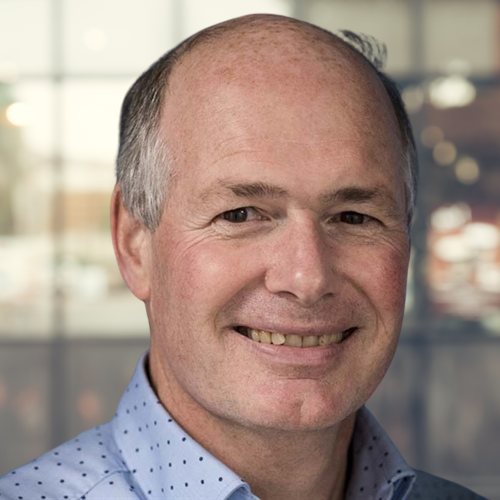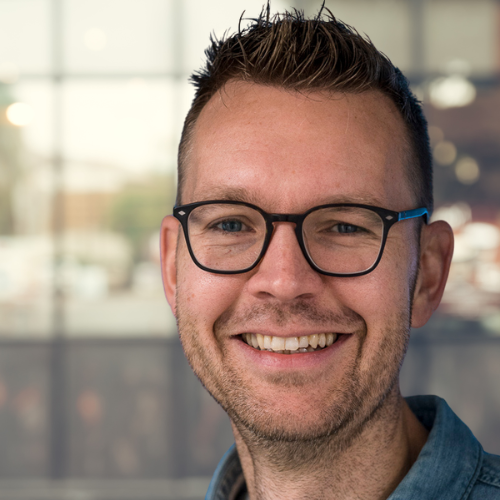
Buildings & Energy Systems
As much as 40% of energy is consumed within the built environment, which should be completely energy-neutral by 2050. TNO Buildings & Energy Systems (BES) works on sustainable, energy-positive buildings that produce energy and provide a healthy, safe, and comfortable working and living environment at home, at work, at school, or in healthcare facilities.
Challenges in the built environment
The built environment faces major challenges due to the energy transition and climate change. Strict carbon reduction targets (2030–2050) and regulations such as the Energy Performance Building Directive 4 (EPBD 4), to be implemented in the short term, call for better insulation, a healthy indoor climate, and gas-free installations. At the same time, the transition to renewable energy and heat generation risks being slowed down by grid congestion.
The construction and installation sector is struggling with capacity and productivity shortages, while fragmentation and interdependence hamper innovation. Cooperation is essential to create scale, resources, and support.
The need for housing combined with the two-pronged effect of increasing numbers of elderly people and rising life expectancy create an additional challenge for the construction sector and demand solutions to ensure accessibility of care (supply, efficiency, affordability) and sustainable healthcare buildings.
Vision
BES accelerates improvements in the sustainability of the built environment by combining upscaling, reliability, and affordability, as well as identifying where congestion and knowledge gaps are hampering progress and addressing them (together with stakeholders). Using a building-integrated approach, we consider challenges holistically, from European and national policy down to component level.
Our strength lies in connecting technical, societal, and domain knowledge. This enables us to develop regulations and standards while also providing solutions through product and system innovations. In this way, we support both public authorities (policy goals, standardisation) and private parties (practical innovations).
By understanding all the components and their interrelationships, we create effective solutions for the energy transition. This approach accelerates implementation, promotes stakeholder cooperation, and enables greater impact. To maximise impact, BES focuses on four challenges:
- Accelerating work to make buildings more sustainable
- Increasing the predictability of performance
- Energy-positive buildings and neighbourhoods
- Safe, affordable and comfortable buildings (for healthcare)
Application domains
This focus is elaborated in four application domains.
The iBES team focuses on industrialising renovation processes to achieve climate targets. This approach consists of four steps: analysing the construction chain, developing standardised products and processes, and implementation at scale. With the contingent approach, we aim to accelerate the renovation of 8 million homes in the Netherlands with standardised and industrial products and processes. Cooperation within the Verbouwstromen (Renovation Flows) Programme and the development of tools provides opportunities for licences and spin-outs.
This domain focuses on improving and scaling up sustainable installations, such as heat pumps, by combining field measurements, models, and lab data. It concentrates on the performance of plant engineering systems and components. The performance of new technologies is better aligned to real-world conditions, leading to better implementation and acceptance of renewable energy solutions. An important activity in this context is the translation of complex physical issues into outcomes that can be applied in practice. To this end, the team uses system-level research models. Where necessary, the physics will be complemented by AI-based techniques and advanced HVAC laboratory facilities.
To predict and improve building performance, the EMMC team develops tools and models in areas such as carbon emissions, indoor air quality, and energy use. It works on detailed energy performance models, co-writes national and international standards, and creates tools against grid congestion, focusing on energy management and user behaviour. Research combines lab and field data with the social sciences to balance comfort, health, and energy efficiency.
Furthermore, TNO conducts indoor environmental quality (IEQ) research by testing systems and modelling user behaviour. It focuses on comfort, health, and financial sustainability, with innovative techniques for ventilation and emission analysis.
The EMMC team also investigates how residents’ interactions with building technologies may improve energy efficiency and comfort.
TNO aims to create safe, sustainable, and affordable buildings for healthcare, with a focus on health-promoting design (with attention to the effects of material use and air quality), reduced consumption of energy and raw materials, and strategic support (efficient use of buildings, portfolio management, climate adaptation, and health in the built environment). In this work, we use our expertise in building technology, indoor environmental quality, and supply and demand development, complemented by domain knowledge, for innovative solutions in healthcare. For instance, TNO is a recognised independent expert within the Care Sustainability Expertise Centre and a connector between government, the healthcare sector, and industry. With our approach, we combine technology, construction physics, architecture, and the social sciences, and initiate research and innovation alliances.
Areas of expertise
The focus of BES is on the following five areas of expertise:
TNO develops models that describe both technical aspects and user behaviour, such as the SirinE digital twin model. These tools predict and optimise energy performance, which is essential for the EPBD 4 directive.
TNO develops standards and practical guidelines that public authorities use in regulations.
TNO studies how residents’ interactions with building technologies may improve energy efficiency and comfort. This includes interview techniques, field studies, and a multidisciplinary approach for practical applications in energy-efficient renovations and new buildings.
Innovations are made available through licensing and contract research, which contributes to making the built environment more sustainable.
TNO brings parties together to tackle challenges, as in the TDI500 initiative to install 500 extra heat pumps per day – crucial for the energy transition.
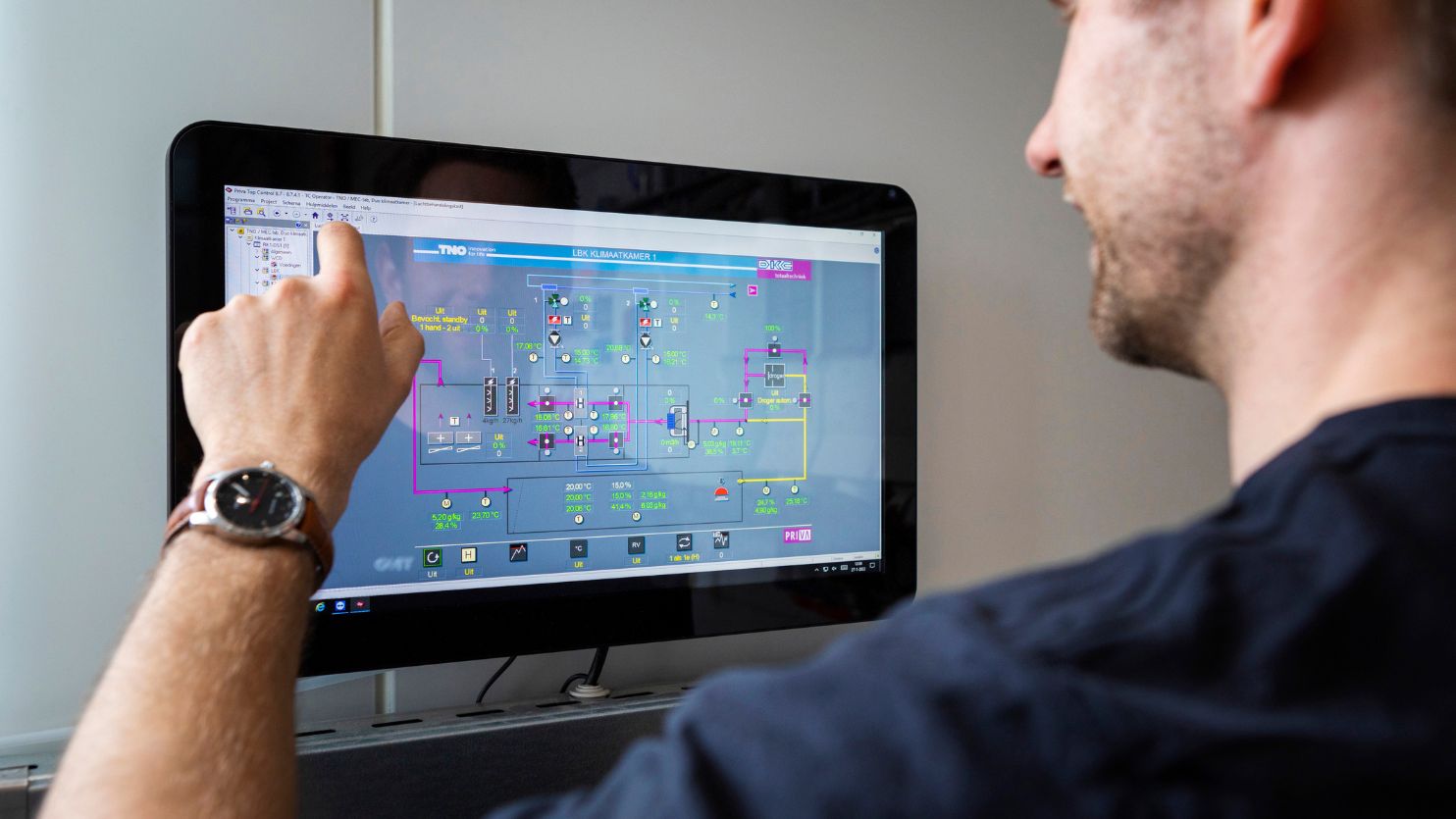
Get inspired
Technical catalogue based on Danish model to accelerate the roll-out of district heating networks
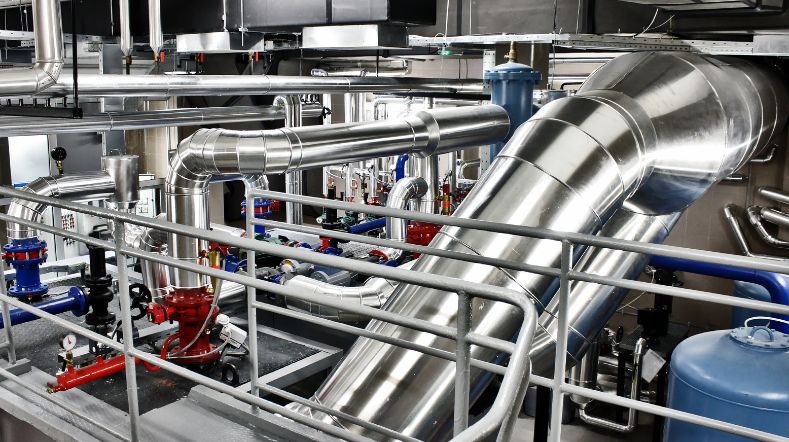

Heating and cooling systems

Making air healthier along busy roads
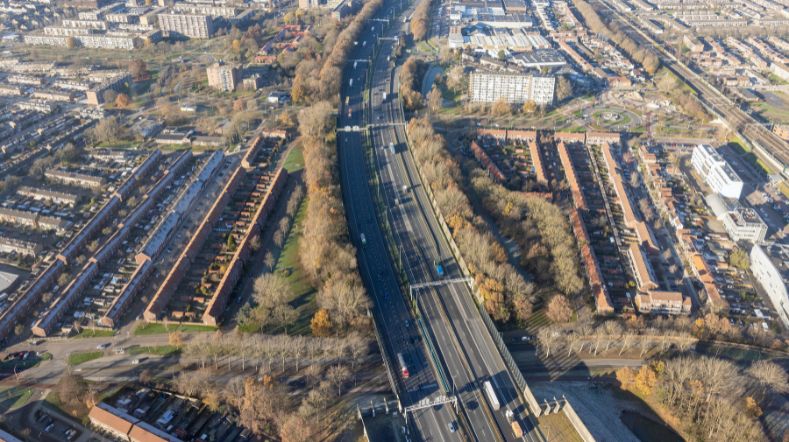

TNO and Kiwa to draw up test protocol for heat pump systems


Nitrogen dioxide advisory values exceeded much more often when cooking with gas compared to electric cooking



